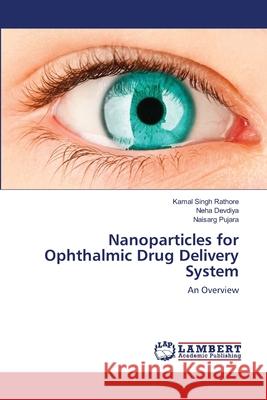Nanoparticles for Ophthalmic Drug Delivery System » książka
Nanoparticles for Ophthalmic Drug Delivery System
ISBN-13: 9783659481871 / Angielski / Miękka / 2013 / 92 str.
Nanoparticles are solid colloidal particles ranging in size from 10-1000 nm. They can be used as drug carrier with the drug encapsulated, dissolved, adsorbed or covalently attached. Nanoparticles are able to interact and remain associated to the ocular mucosa for extended periods of time, thus being promising carriers for enhancing and controlling the release of drugs to the ocular surface. Current studies are aimed at investigating in further detail how the interaction and internalization of these particles occurs and their toxicity following repeated administration. With breakthroughs in biotechnology, newer and more potent peptide and protein drugs are emerging in the market. The majority of these polypeptides require special delivery systems. However, since most of these compounds are very potent, require low doses, and are well absorbed from the mucous membrane; their delivery via the ocular route may be viable. However, one of the principal problems in the ocular delivery of peptide and protein drugs is that of relatively low bioavailability to the ocular tissues. This problem may be circumvented by the use of penetration enhancers.











